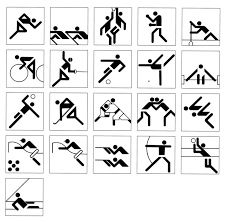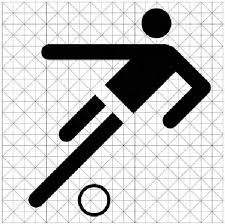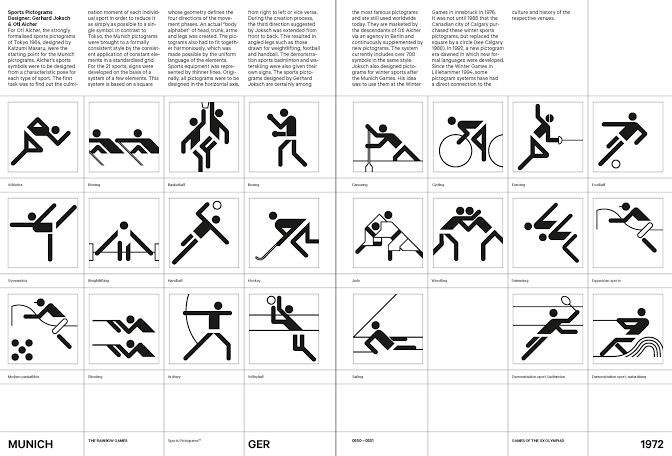Leibnitz thought all human knowledge could be represented as symbols so that “anyone, anywhere, could understand everything, everybody understand anybody and anybody understand everybody “ !
If you are a genius of Leibnitz’s stature, I suppose, everything seems feasible!
The characteristica universalis or “universal character” was to be a formal language able to express mathematical, scientific, and even metaphysical-concepts.
Leibniz thus hoped to create a language usable within the framework of a universal logical calculation or calculus ratiocinator.
Other moves towards this lingua franca include a suggestion by the American Tourist Association to introduce Red Indian HANDAGE, invented languages like ESPERANTO, systems of symbols and pictograms like SEMANTOGRAPHY, invented by Charles Bliss, which comprises a hundred signs, and ISOTYPE (International System of Typographic Picture Education), invented by Otto Neurath.
The visual lexicographer Henry Dreyfuss compiled a data bank of all possibilities in existence. This he published as ‘Symbol Sourcebook.’
Buckminster Fuller wrote in the foreword :
‘Henry Dreyfuss’s contribution to a new world technique of communication will catalyse a world preoccupation with its progressive evolution into a worldian language so powerfully generalized as to swiftly throw into obsolescence the almost fatally lethal trends of humanity’s age-long entrapment in specializations and the limitations that specialization imposes upon human thinking …’
Phew !!
Great ambition aside, unfortunately , the pictograms and ideograms we live with are -mostly-crude in conception, ambiguous in signal, and not impactful enough.
The graphic Language for the Munich Olympic Games (attached) designed in 1972 is a brilliant example of how the world could be.



